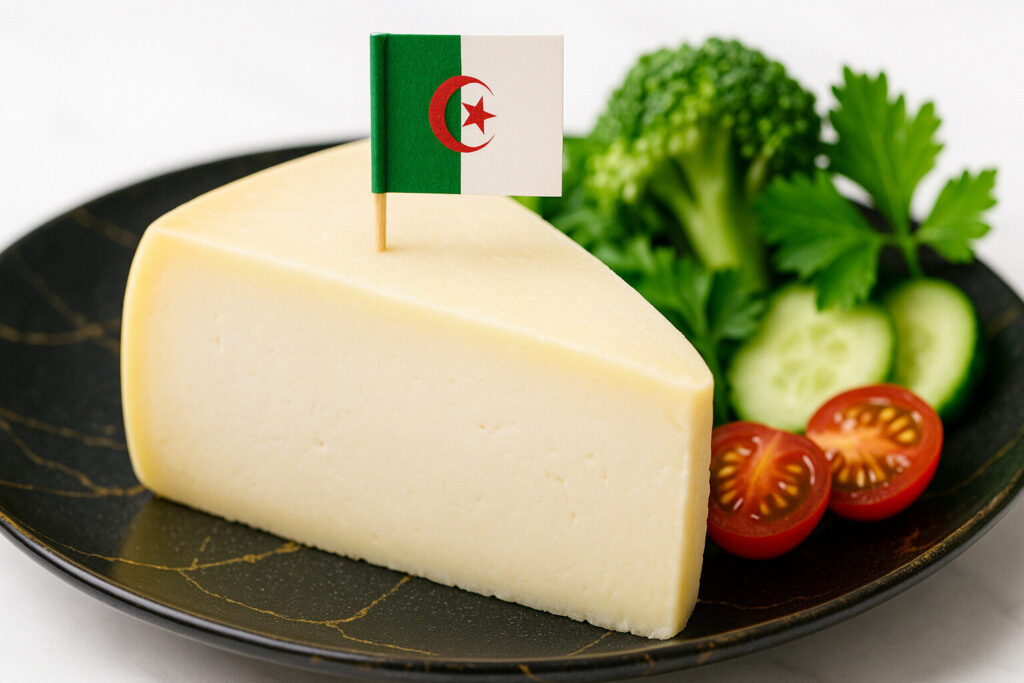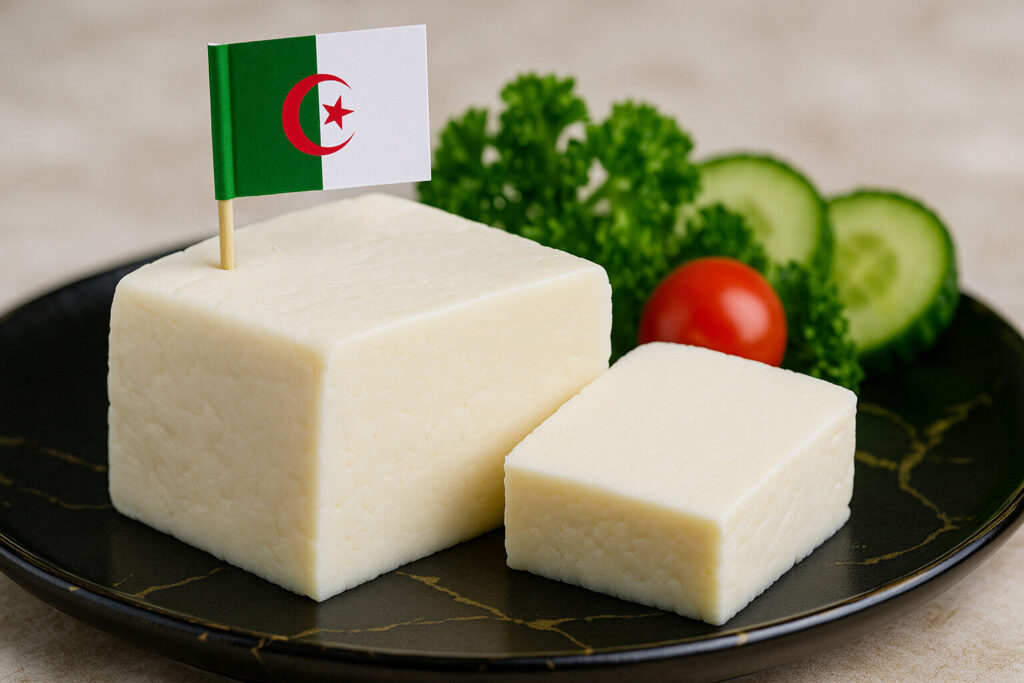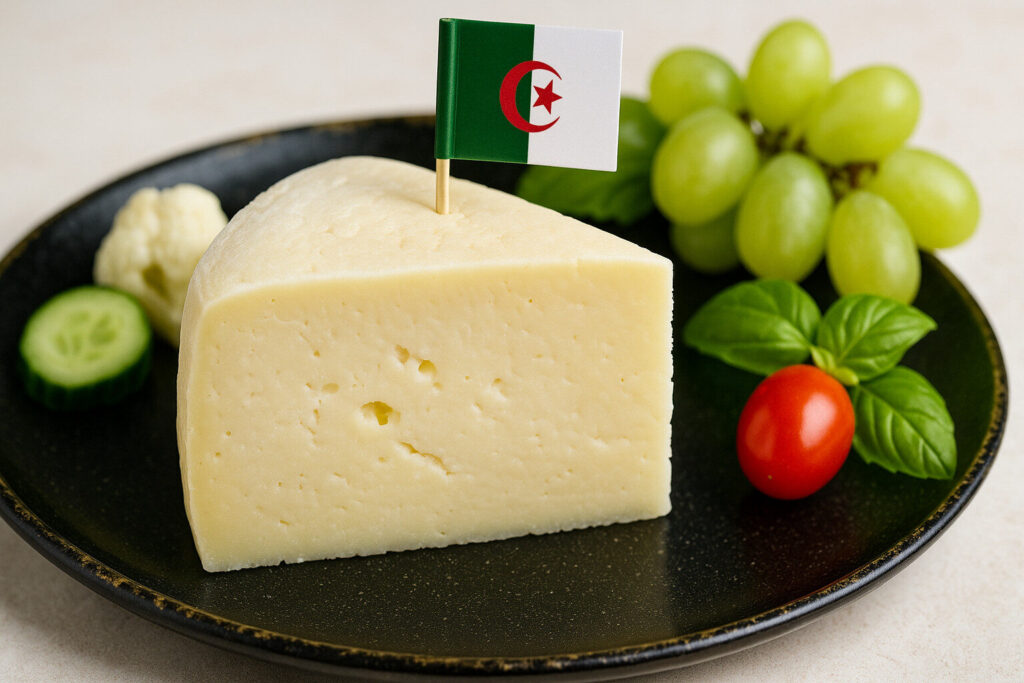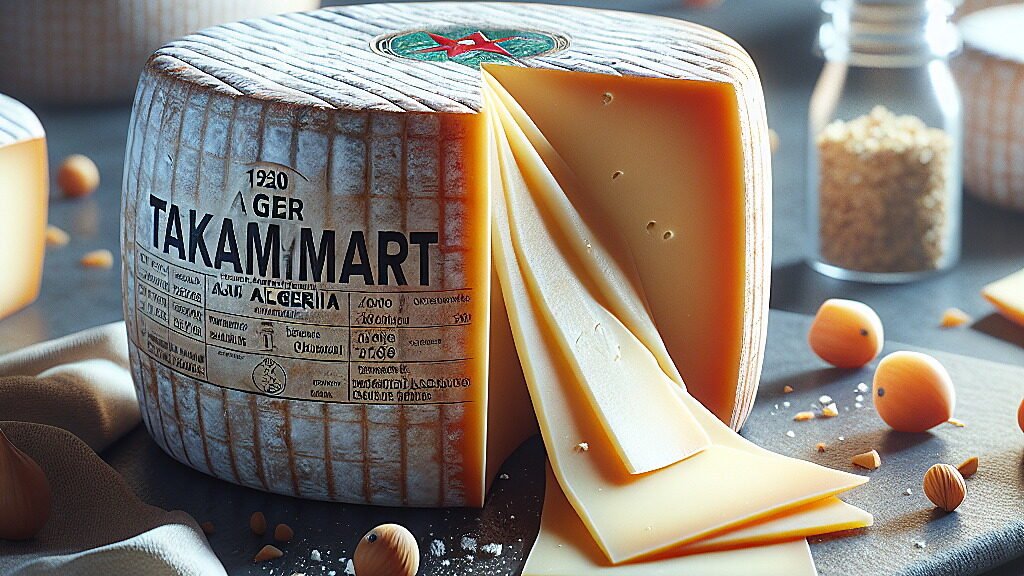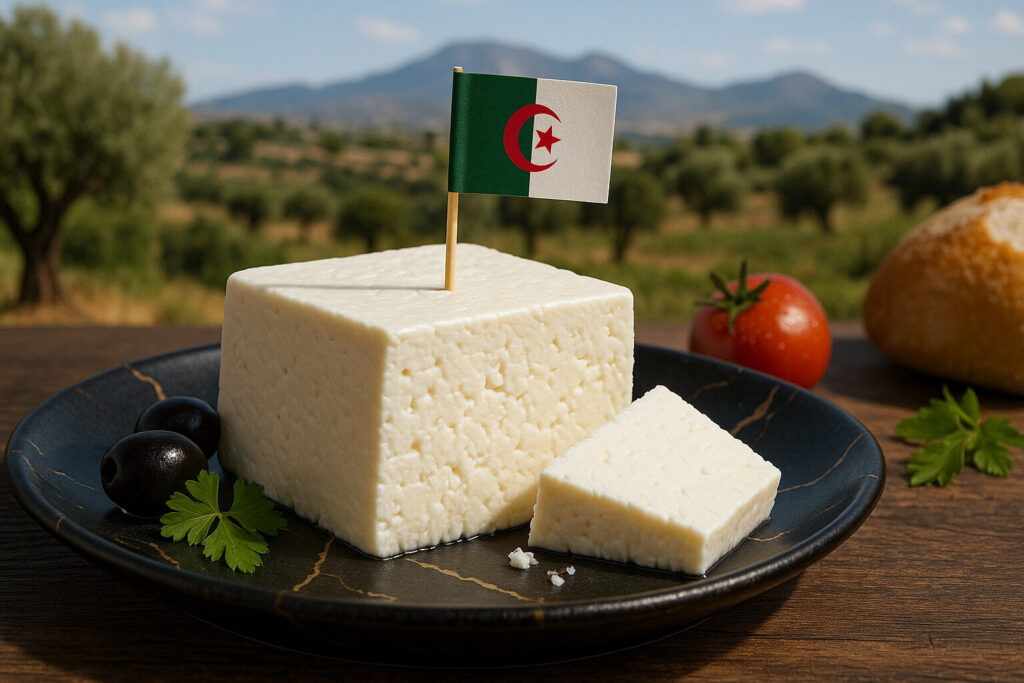Cheese Of Kabylie Region
Kabylie Region Definition and Scope
The Kabylie region is a mountainous area in northern Algeria known for its distinct cheese-making traditions. It encompasses several Berber communities that produce artisanal cheeses using local methods. These cheeses are typically made from raw sheep’s or goat’s milk, reflecting the region’s pastoral economy.
Kabylie cheeses fall within the broader category of Maghreb dairy products but maintain unique regional characteristics. They are primarily fresh or lightly aged cheeses consumed locally rather than exported. The scope includes varieties like Bouhezza and other traditional formats specific to Kabylie’s cultural practices.
Kabylie Cheese Production
Production begins with raw milk from local sheep or goats grazing on native vegetation. Cheesemakers use traditional clay pots called “koubas” for fermentation and storage. The milk is curdled using natural rennet from lambs or kids, preserving ancestral techniques.
Aging occurs in animal-skin bags or earthenware containers buried underground. This method regulates temperature and humidity naturally. The process can last from several days to months, depending on the desired cheese texture and flavor intensity.
Sensory Profile
Kabylie cheeses typically exhibit a tangy, acidic flavor with herbal notes from mountain pastures. Their texture ranges from crumbly fresh cheeses to semi-firm aged varieties. A distinctive barnyard aroma is common due to traditional aging environments.
The color varies from snowy white in fresh cheeses to pale yellow in aged versions. Some develop complex peppery or gamey notes during extended maturation. These sensory characteristics directly reflect the region’s terroir and production methods.
Culinary Uses
Fresh Kabylie cheeses are often eaten with flatbreads or incorporated into breakfast meals. They complement traditional dishes like couscous and vegetable stews. Their sharp flavor makes them suitable for grating over cooked foods when aged.
These cheeses frequently appear in ceremonial feasts and family gatherings. Local recipes use them as filling for savory pastries called “briks”. Their high acidity makes them excellent for balancing rich, spiced dishes in Kabylie cuisine.
Regional Examples
Bouhezza is the most recognized Kabylie cheese, aged in goatskin bags called “chekoua”. This semi-soft cheese develops a pungent aroma and complex flavor over 2-3 months. It holds protected geographical indication status within Algeria.
Other examples include fresh goat cheeses often flavored with wild thyme. Some villages produce smoked versions using juniper wood. These regional variations demonstrate how microclimates and local customs influence Kabylie’s cheese diversity.

